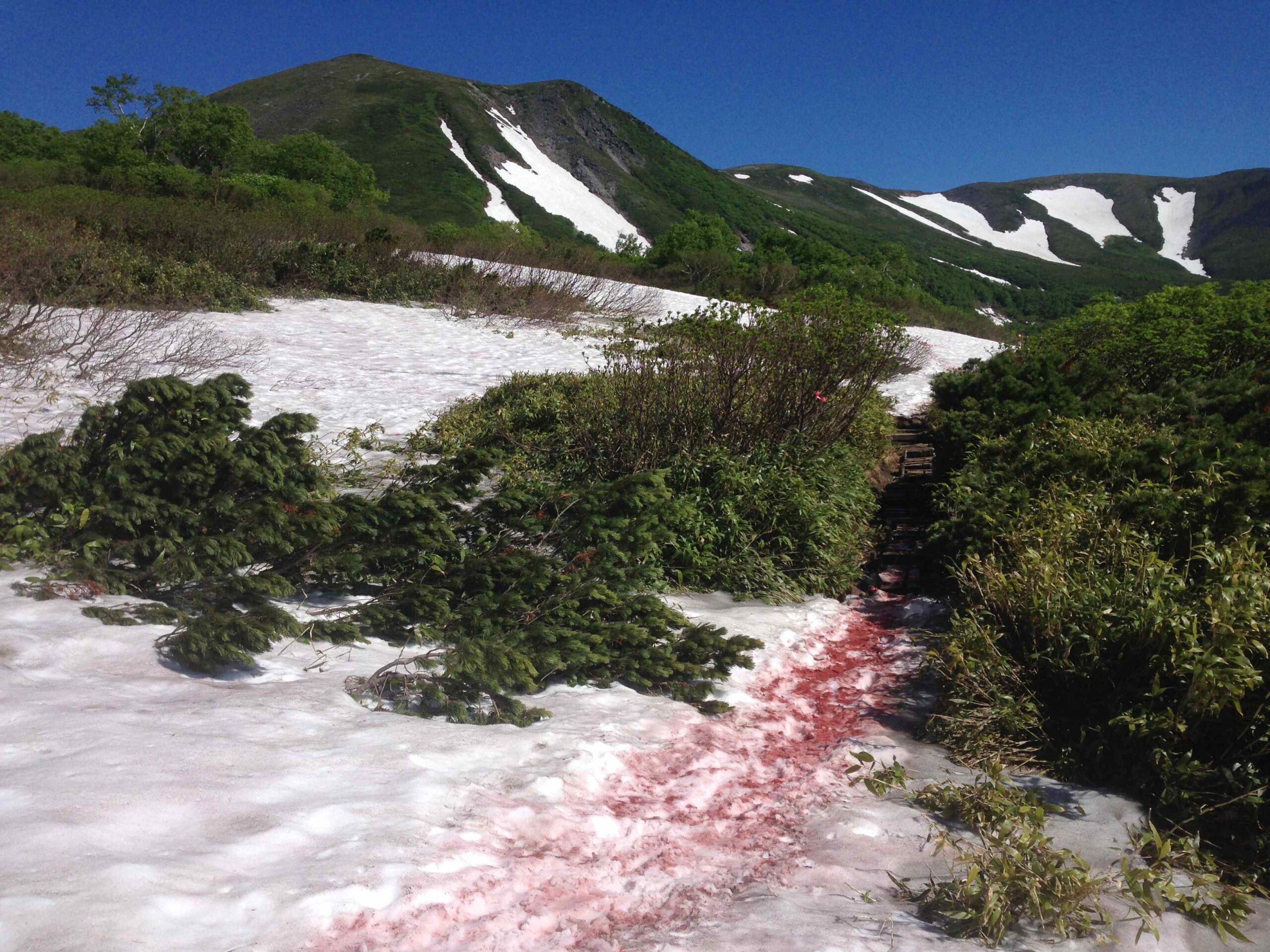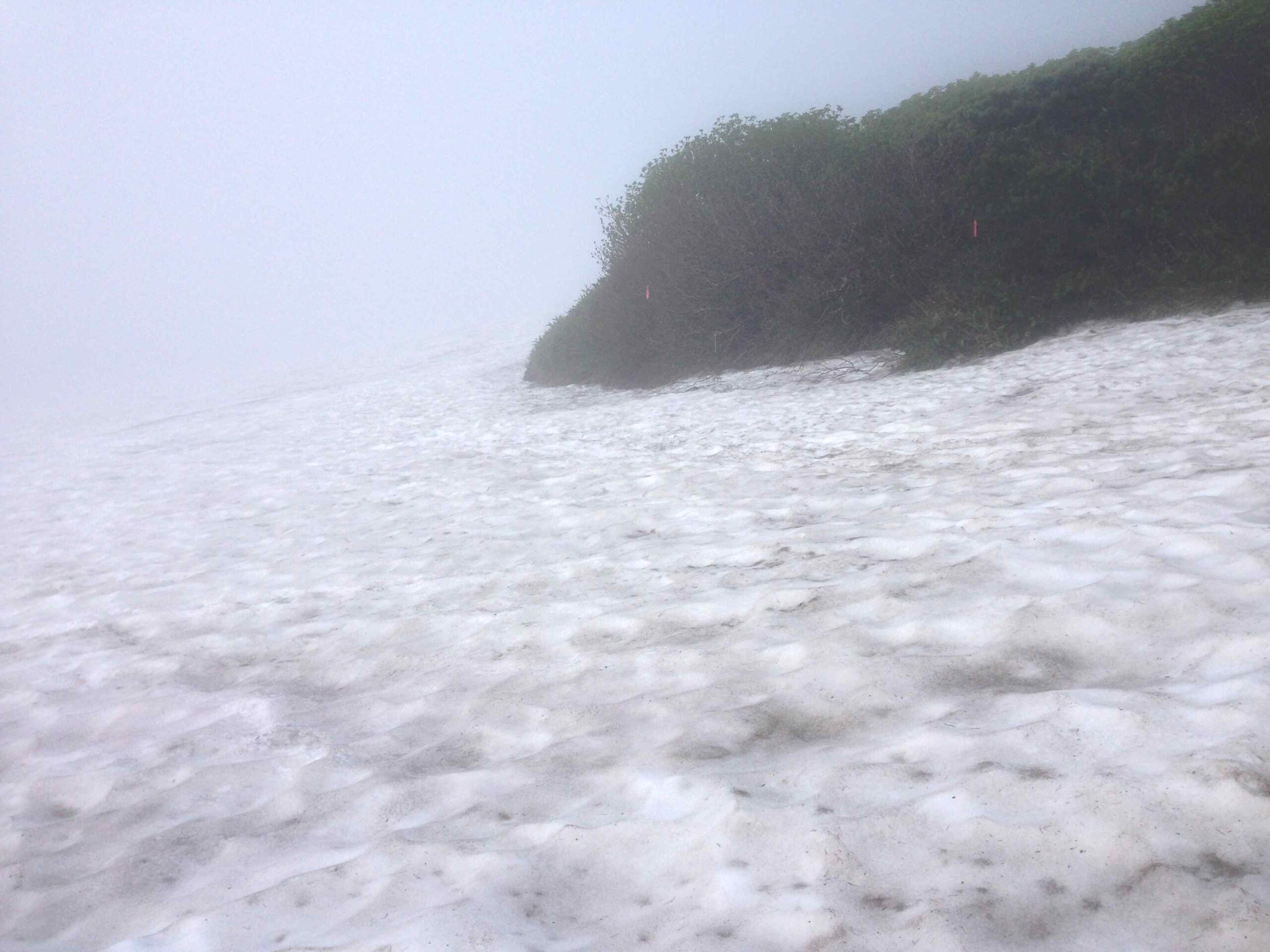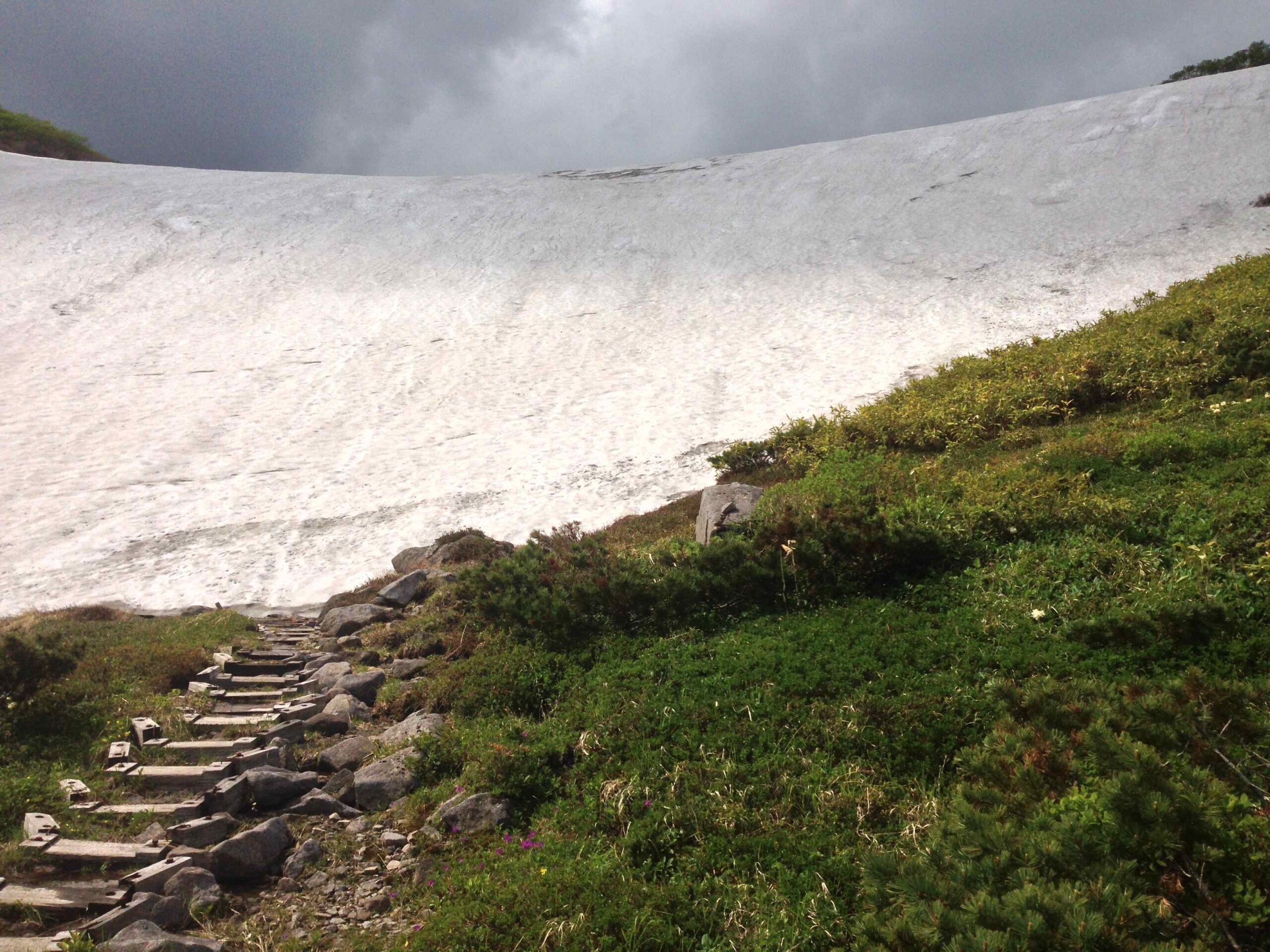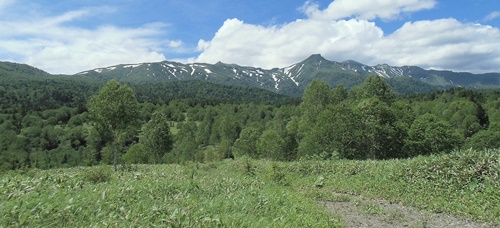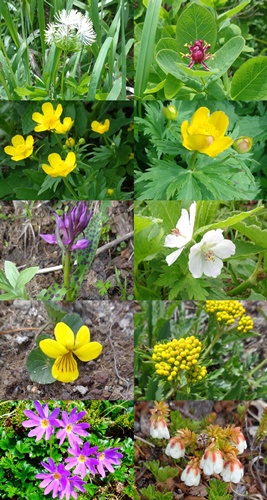The Dryas octopetala var. asiatica are blooming all at once between the Itagaki junction and Koizumidaira. There are still many buds on the plants, so the number of flowers should increase even more in the days ahead. Of course what happens will depend on the weather, but the best viewing time should begin this weekend and continue through next week.
Photo: Koizumidaira Jun. 29
Photo: Koizumidaira Jun. 29

